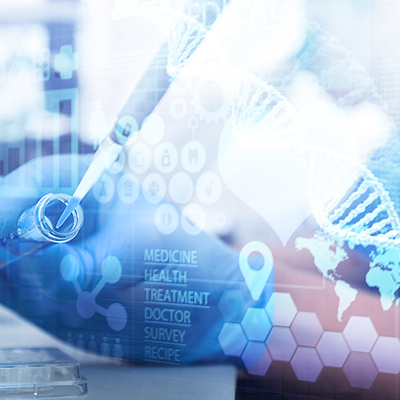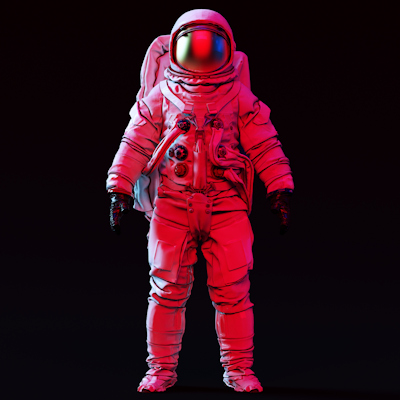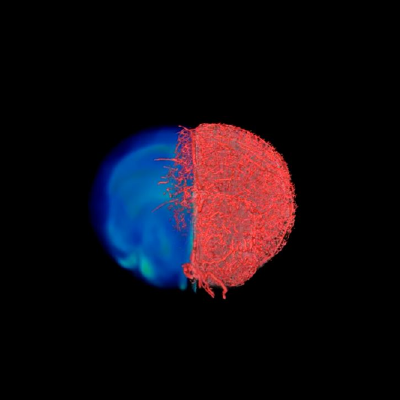October 25, 2022 -- Cornell researchers and collaborators are using advanced microscopy to map the brain's neural response to psychedelics, which may potentially lead to the development of fast-acting antidepressants and substance abuse treatments.
Their work, published October 24 in the journal Nature Neuroscience, explains how psychedelic drugs work at the chemical, molecular, and cellular levels.
Hallucinogens have been embraced by diverse communities for multiple reasons -- from their use in indigenous ceremonies to their recent reemergence as a therapeutic. However, scientists still do not fully understand how these drugs work within the brain.
New techniques for investigating this include two-photon optical microscopy, viral tracing, and optogenetic manipulation -- controlling neuron activity with light. Such tools help target functional neurons in the cortical and subcortical regions of a living mouse's brain. The researchers recently found that one psilocybin dose increased the number of neuronal connections in a mouse brain by 10%.
Their latest research focuses on psilocybin, the active ingredient in "magic mushrooms." Psilocybin, already being tested in phase II clinical trials, is a prime candidate for pharmaceutical development. Other promising compounds include 5-methoxy-N, N-dimethyltryptamine (5-MeO-DMT), secreted by desert toads as a defense.
The thousands of different variants of these chemicals -- all varying slightly in their properties and how they bind to different brain receptors -- provide abundant opportunities for further research.
"There's a chain of events that happen that ultimately lead to acute and longer-lasting behavioral changes that might be useful for treatment. But in between a lot of that is a black box," Cornell associate professor and co-author Alex Kwan, PhD, said in a statement. "If you know what pathways are involved, you might then start to use this as a marker to find some new drugs."
Copyright © 2022 scienceboard.net










